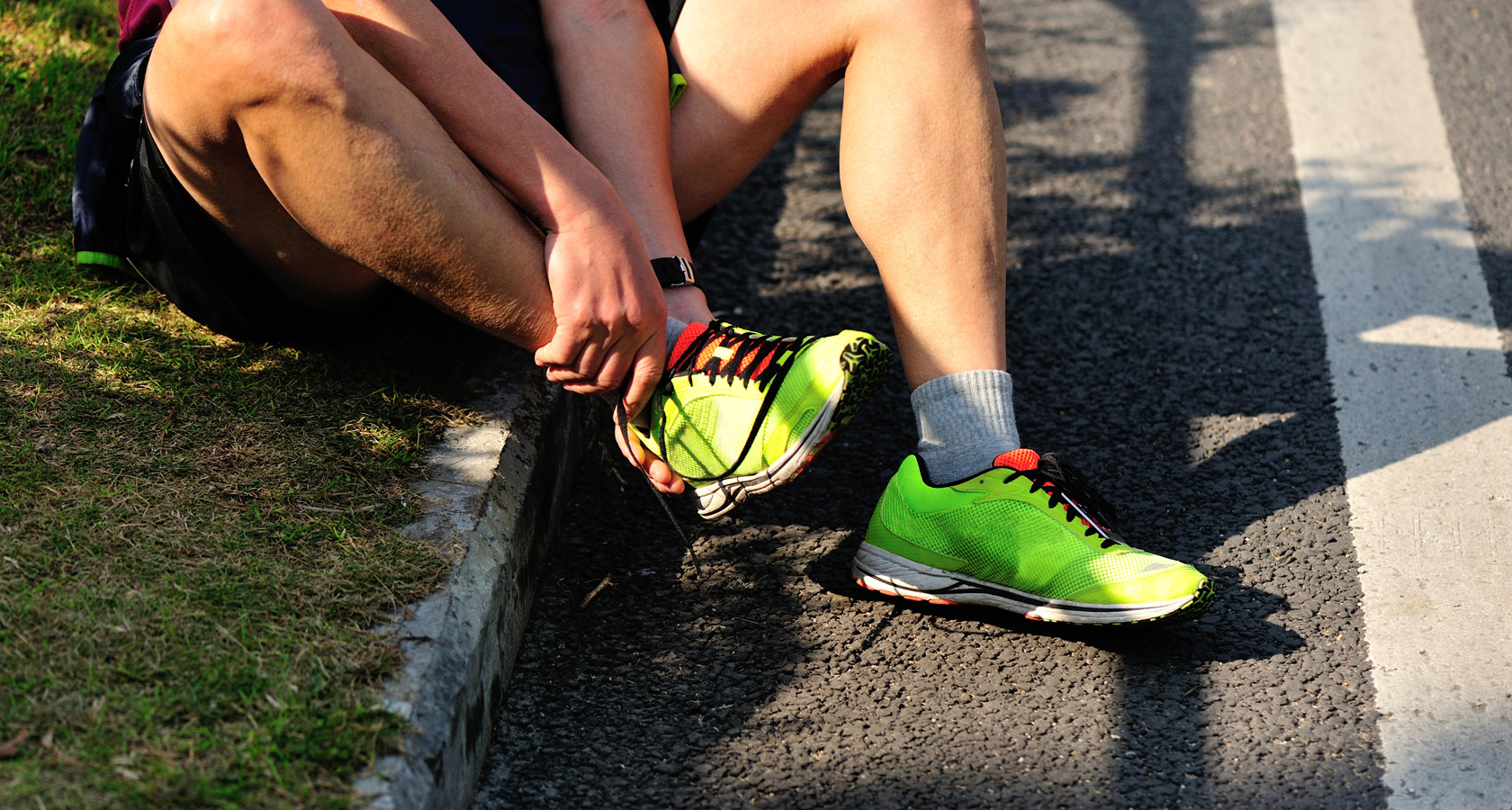10 Ways to Avoid Overtraining
Coming from an endurance athletic background in a single sport like swimming, running or cycling can give you a strong leg up in the sport of triathlon. But with that big aerobic engine, you’ll need to be a bit careful as you start taking on the additional sports.
Your capacity to train and withstand endurance-related discomfort like elevated blood lactate and muscular fatigue will be higher than someone coming from a non-athletic background. Athletes coming from a strength-dominant sport would also have an elevated ability to withstand discomfort but would not have the same size aerobic engine to keep going. This ability to keep going can quickly lead endurance-background athletes into acute or overtraining injuries.
An acute injury is something like a sprained ankle or other tendon or ligament strain that results from a one-off event. However, often these acute injuries are the end result of a continuing series of breakdown and micro-injuries. Your body slowly wears out, then one day it (literally) snaps. These injuries are symptomatic of overtraining.
Put simply, overtraining is exercising too much, too soon. What you can and should do next year may be vastly different than what you should do next week. Both your muscles and your soft tissue need time to adapt to any new training regime.
For example, you ran in high school and played club soccer in college, and have been running regularly for several years. You’ve competed in 5ks and maybe a couple of marathons. You have a pretty deep running background. But zero or little experience cycling and swimming.
Now you’ve gotten the bug and want to do some triathlons. Your buddy regularly rides 50 miles on the weekends and swims two to three times a week with a masters swim team. So, you should too, right? All while maintaining your normal running routine, of course.
After a few weeks of this you’re lying on the couch, exhausted and with some sort of tendinitis, IT band problem, lower back flare up or more serious tear/strain.
Don’t be this guy or gal. Take the methodical approach.
Common signs of overtraining include fatigue, chronic muscle soreness and inflammation, irritability or depression, sleep disruption, suppressed immune system and elevated resting heart rate. All of this is not good but can be rectified on a short-term basis with rest and recovery. However, it’s probable that long-term overtraining leads to endocrine system issues (hormone imbalances) and chronic fatigue. These issues take months or years to recover from.
Most people have an innate sense of when they’re going too hard or doing too much. But as a competitive athlete, you have already learned to ignore and push through fatigue, discomfort and pain. So now you have to manage yourself and have a constant inner dialogue: a good angel and bad angel on your shoulders. Sometimes the bad angel says you should skip a workout and go to happy hour. Sometimes the good angel suggests you should take it easy for a few days. Who’s really looking out for you?
Refer to the common signs of overtraining. Usually the first signs will be fatigue and a deep soreness that just won’t go away. Elevated heart rate and mood issues are next. Then you’ll start to get sick and sleep poorly. Then you’ll burnout or be forced to stop via a serious injury.
You can remove almost all chance of overtraining by:
- Take dedicated easy or off days each week, and with a recovery week every three to five weeks depending on your age and total experience.
- A recovery day can include exercise done at a low to moderate effort. For triathletes, something like an easy swim, a short jog or yoga class. (Pros might do all three. You shouldn’t.)
- A recovery week does not mean you sit and do nothing — you just reduce the overall training by 30-50 percent and keep your efforts light for a few days. Recovery week weekends are also a good time to run a test or compete in a local race, since you will have rested and should be feeling good.
- Recovery days and weeks allow your body the time to heal the microtrauma (muscle and soft tissue breakdown) that occur during exercise and give you a chance to mentally/emotionally decompress.
- Stay on top of sleep and nutrition, including post-workout nutrition.
- You should sleep in the 7-8 hour range each night and will need more as your training intensity increases. A rule of thumb is to add 30 minutes to one hour of sleep per night for every 10 hours of exercise per week. Yikes!
- On the nutrition front, unless you’re actively trying to lose weight, you need your increased calorie expenditure to match up with intake. You also want to be aware of the 30-minute post-workout refueling window.
- Have a methodical, specific approach to your training — space out harder workouts with easy days.
- New triathletes with an endurance background may try to do it all, every day. You go hard at swim practice, then hard on the group ride, then hard at the interval run. Your body has no chance to recover. Younger athletes can get away with this for a longer period of time because of their ability to recover more quickly. But this sort of training approach will reduce the quality of all your workouts, meaning your overall performance will suffer. Build into longer sessions, and learn to make the key sessions count.
- Listen to your body. It all comes down to this. If you’re tired, sore and cranky, there’s something going on. Tune in. Then drop out for a little bit, and come back stronger, fitter and happier!


